By Andy Birch
andyrbirch @ gmail.com
April 2018
Comments
Matt Heindel’s authoritative Field Identification of the Solitary Vireo complex (Birding 28:458-471) is still the standard in the treatment of Blue-headed, Cassin's and Plumbeous Vireos. However, 20+ years later, birders still struggle to separate these taxa when a potential out of range vagrant is reported.
Please click on the photos on this page to see them full-sized and with notes.
We're not going to look at Plumbeous Vireo here and instead focus on the bright Cassin's vs dull Blue-headed identification problem. In the Fall, after going through their only molt, these vireos are at their brightest. However, separating a dull (presumably immature female) Blue-headed Vireo from a bright Cassin's Vireo can be exceedingly difficult.
Experts certainly contend that the taxonomy is mired in complexities and some birds should simply be left as unidentifiable. At the extreme end of each species, identification is straightforward but throw in to the mix potential interbreeding in Alberta, immature female plumage Blue-headed and the dull Blue-headed Vireo of the Appalachian taxon (alticola) and we see that there is much overlap in characteristics between Blue-headed and Cassin’s.
Identification
Key features for separation in order of importance are:
Throat/malar contrast
In general, Blue-headed Vireo has a darker, blue/slate-colored head (forehead, crown and auriculars) than Cassin's. Head color of Cassin's tends to be grayer. The darker head of Blue-headed contrasts sharply with a whitish throat. The delineation between the malar/auriculars and the throat is usually clean cut and contrasting. Even dull Blue-headeds show a fairly clean, neat demarcation between the malar/auriculars and throat. Cassin’s, on the other hand, has a duller, grayer head color that shows little or less contrast with a dingier colored throat. STRONG WORD OF CAUTION As some of the photos below illustrate, this feature requires viewing from different angles and light. See Alta Tanner's photos below to see how the same bird can show quite a good contrast in one photo and less so in the next. A vireo in the canopy of a shaded tree as it moves in and out of the light could give an observer a misleading impression as to the contrast in just a brief view. As can be seen below, there is also overlap on this feature and so should only be used for identification in a suite of other supporting characteristics.

Yellowish flanks and Vent Strap
A typical Blue-headed has bright lemon-yellow flanks and vent strap. Even dull Blue-headeds tend to show yellowish flanks and a vent strap with a brighter hue of yellow than the average Cassin's. Cassin’s usually have slightly dingier flanks, often with a greenish and or sometimes a grayish hue. Take a look at the photos below of dull Blue-headeds vs Cassin's to see the difference in hue of the yellow and especially notice the vent strap, often visible on even dull Blue-headeds. However, it appears there could be overlap on this feature and so should only be used in a suite of supporting characteristics.
Greenish back
A typical Blue-headed has a fairly bright greenish back contrasting with the head. Cassin’s has a dingier, paler, often grayer back. There is overlap on this feature, especially with the alticola race of Blue-headed (see below). Also, some bright Cassin's can have quite bright backs (see photos below) and so this feature should only be used in a suite of supporting characteristics.
White outer tail feathers
A classic Cassin’s has a thin grayish edge to the outer retrix and a classic Blue-headed has a thick white outer retrix. Although Heindel has pointed out online (since his article) that he and Pyle have seen a Cassin’s specimen with a bold white outer tail feather, so this feature is not necessarily iron-clad. And, of course, getting a really good, clear look at the outer tail can be difficult in the field.

Cassin's Vireo figures: a-f. Blue-headed Vireo figures: g-k. When comparing bright and dark-headed Cassin's (d, e) with dull Blue-headed (j), note the suite of characteristics including throat/malar contrast, yellow flanks and often yellowish vent strap, a greenish back that contrasts with the head. Also note how neat and defined the whitish supraloral is even on dull Blue-headeds. Dull Blue-headeds often exhibit a dark shadow above the supraloral (highlighting the definition) and darker foreheads than Cassin's. In this plumage, dull Blue-headeds (presumably immature birds) also often show a brighter blue-based bill compared to Cassin's. Plate by Andy Birch.
Color and contrast of lores
This feature was put forward by Roberson on his website (http://creagrus.home.montereybay.com/sovi-id-comm.html). A classic Cassin’s Vireo, in general, has a paler, duller head than Blue-headed and so the lores contrast more with the head than they do on Blue-headed. A typical Blue-headed has lores that are, therefore, a similar color as its dark head. However, as the photos attest, there are plenty of exceptions, particularly on some bright and dark-headed Cassin's and it may be of limited use when faced with a dull, pale-headed Blue-headed.
Neat, defined supraloral with "shadow" above
I’ve put this feature bottom of the list because I’ve not seen it mentioned anywhere else and so it would need further testing and input from others. I would imagine exceptions abound and so would only be used in a suite of characteristics. On looking through a lot of online photos of the dull-type Blue-headeds (presumably immature females) many or most retain a neat, well defined and contrasting whitish (or buffy) supraloral. It also can appear a little narrower compared to a bright Cassin's, which tend to show rather flaring supralorals with less contrast with the forehead, often "blending" in to the forehead. On many classic slate-blue headed birds and even also on dull Blue-headeds, there is often a dark or brownish “shadow” above the supraloral that enhances this contrast. Cassin’s often exhibits a slightly paler forehead compared to its crown and so the pale supraloral often blends in to the forehead not providing the contrast and definition that even dull Blue-headeds exhibit. Blue-headed (even dull birds) have a more evenly colored forehead and crown, which contrasts with the pale supraloral. This feature might be fairly useful on helping to separate dull Blue-headed from a bright Cassin’s.
Bill Color
This is a characteristic that definitely has considerable overlap between the two species. However, in looking at dull Blue-headeds (again presumably immatures), the brighter blue-based bill on Blue-headed is often evident.
Cassin's and Blue-headed Vireo Photos
Here are a few bright and dark-headed Cassin's compared with dull Blue-headeds in various plumages. Click on photos for larger size and ID notes
Other Discussion Birds
In addition to the photos above, here are a few other interesting birds from around the web. This bird from Nova Scotia labeled as a vagrant Cassin's certainly looks dull and has little contrast between the throat and malar/auriculars. However, it sports a rather neat, narrow, well-defined whitish supraloral with a small, dark shadow above it. The bill also has a brightish blue-base. Have a look at this Blue-headed Vireo to see these two birds aren't too far apart in terms of head pattern and also general tone and color.
Here's another late in season dull Blue-headed with very little malar/auricular and throat contrast. The head is quite pale (note how the lores look quite blackish and contrasting on these dull pale-headed birds). However, it has quite a neat, well defined pale, slightly buff supraloral with a very small dark shadow above it, bright blue-based bill and perhaps more importantly, bright lemon yellow flanks and vent area and a bright green back.
This potential vagrant Cassin's from Maine also deserves a second look. It has such little contrast (basically none) between the auriculars/malar and throat that it bears little resemblance to a classic or even a dull Blue-headed in that regard and is much closer to Cassin's. Certainly, on the west coast, you wouldn't give that head contrast a second look. The head is also really quite dull in color. However, notice the well defined and narrow whitish/buff supraloral (with shadow above) and the blue-based bill. The rest of the plumage is quite bright including the back and flanks and vent.
On the other coast, this dark-headed vireo caused some uncertainty too. The bird has excellent throat and malar/auricular contrast but the back and flanks are quite dingy and grayish and not the greens and yellows of a Blue-headed. If this was a dull Blue-headed, perhaps we'd expect to see a narrower, well defined supraloral (rather than the flaring one we have on this bird) and we'd likely see a combination of yellower flanks and a greener back. In many respects, this bird mirrors the plumage of Rick Evets Cassin's from California (photo above). Compared to Bill Hubick's alticola Blue-headed above, there are certainly a lot of similarities but note how much brighter yellow the flanks are on the alticola.
If you want to add anything to the discussion, please send me an email or leave a comment below. Thanks for looking!
References and Links
Matt Heindel's Field Identification of the Solitary Vireo complex Birding 28:458-471
Some Thoughts on The Solitary Vireo Complex by Don Roberson
John Sutton's Flickr
Eric Kallen's site and smugmug
Alan Schmierer's Flickr
Vancouver Island Birds by Mike Yip
Bill Hubick's site
Brandon Holden's site
Rick Evets Flickr
Gary Nunn's site
Earl Orf's site
Greg Lasley's site
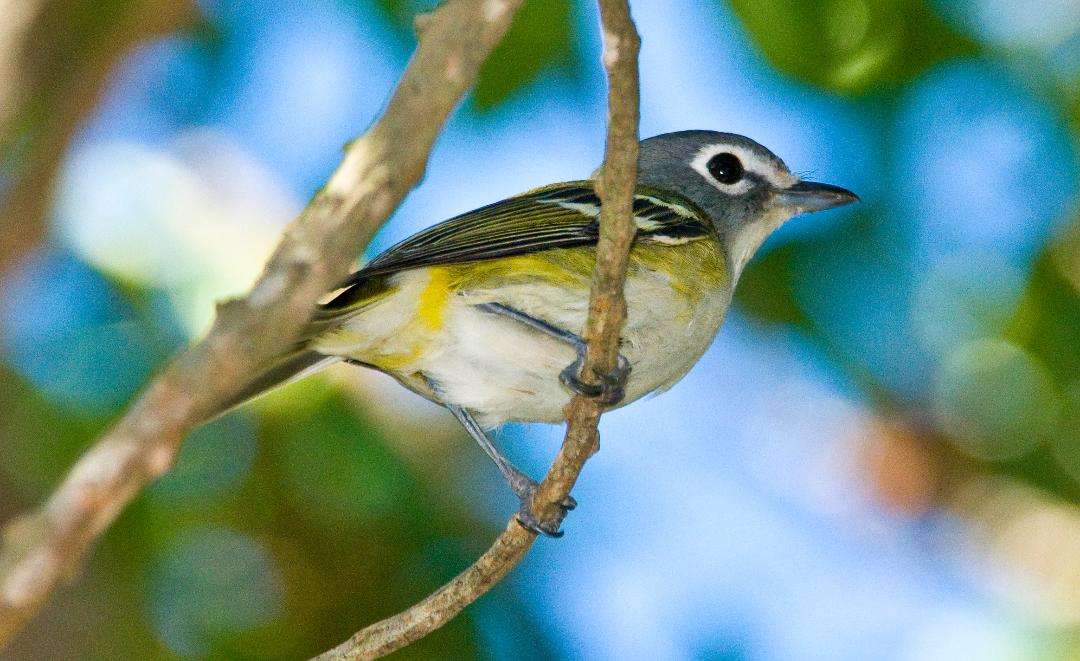

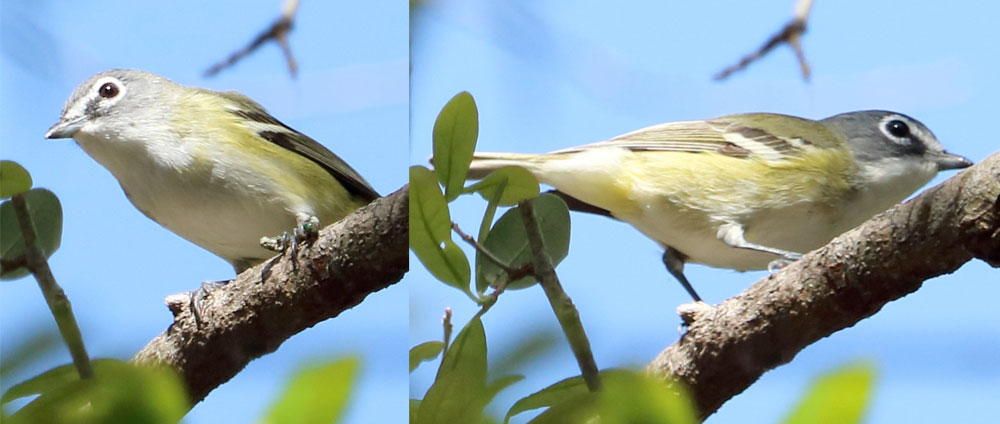


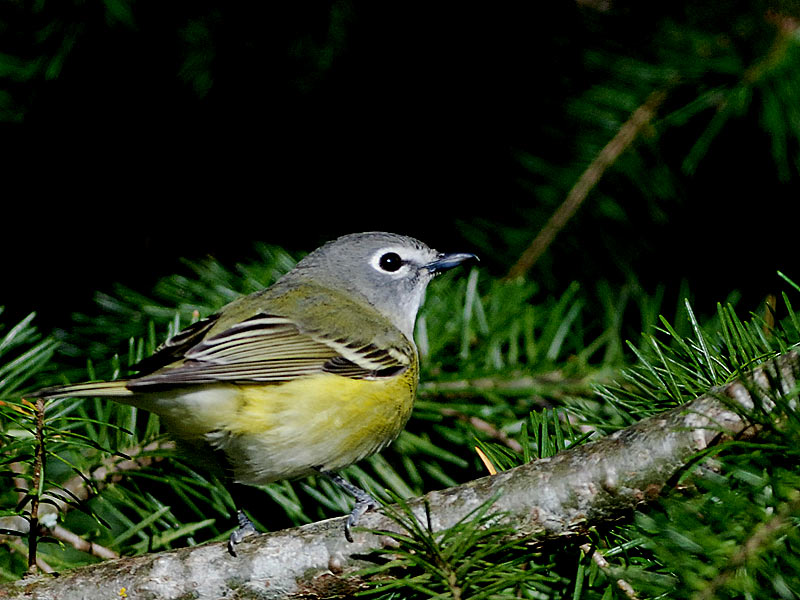
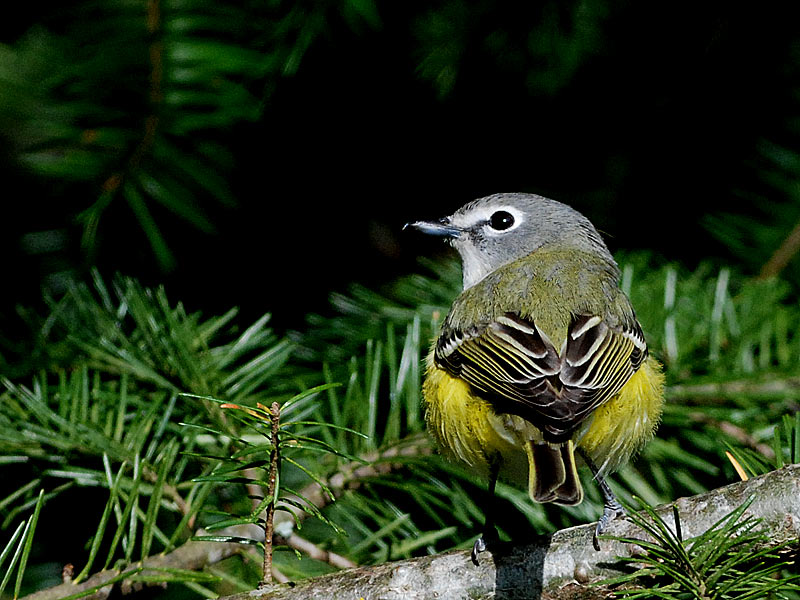


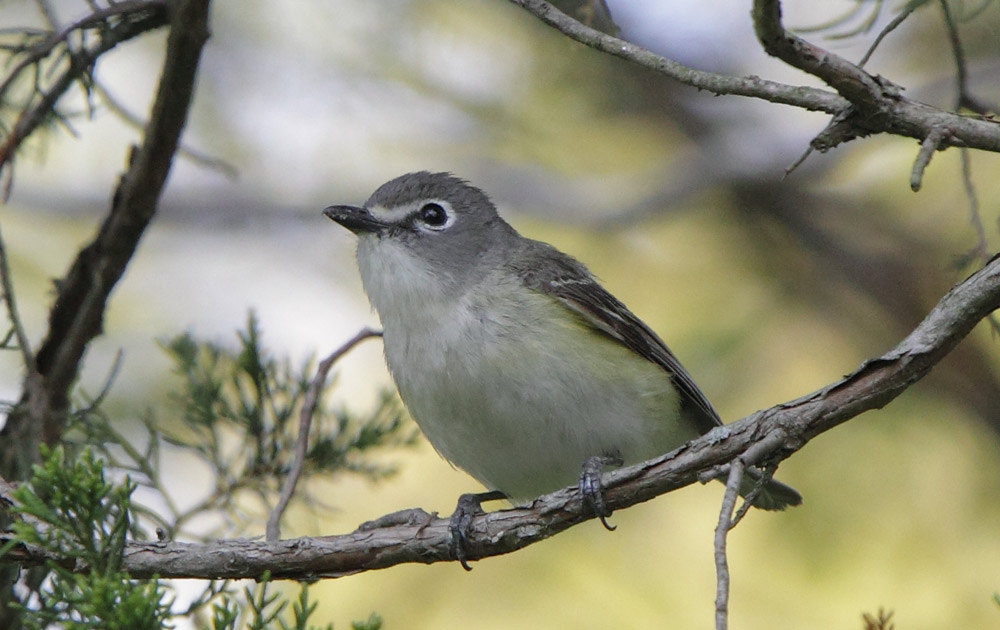
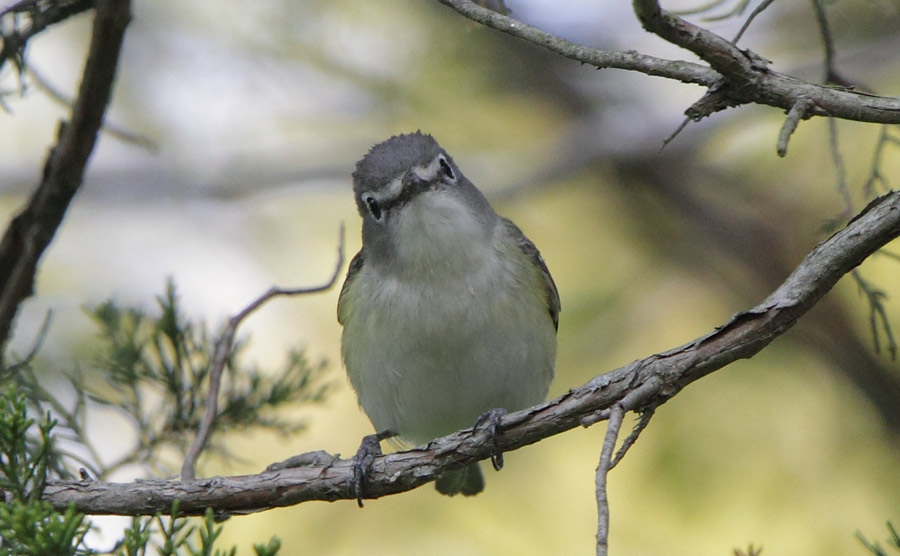
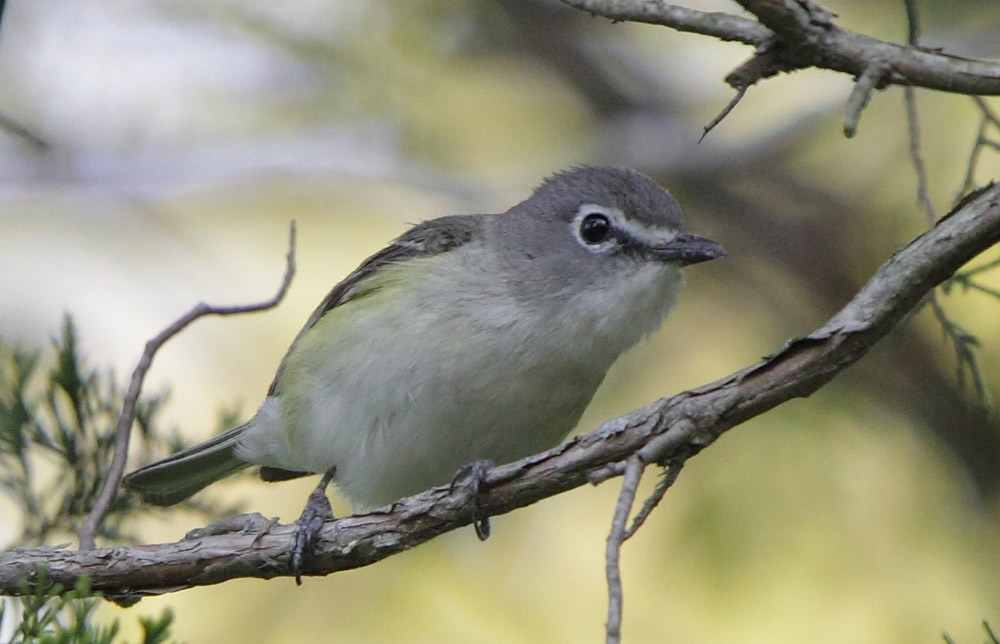

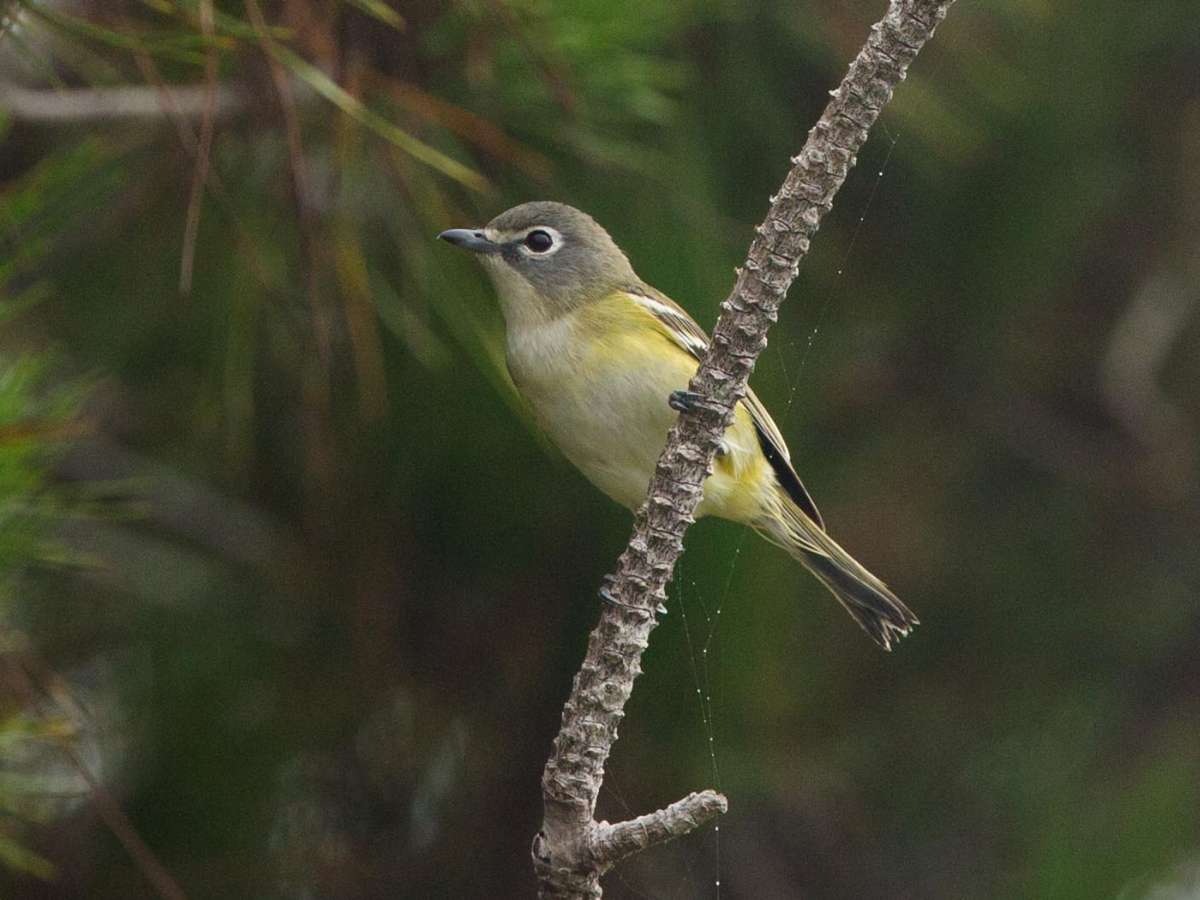






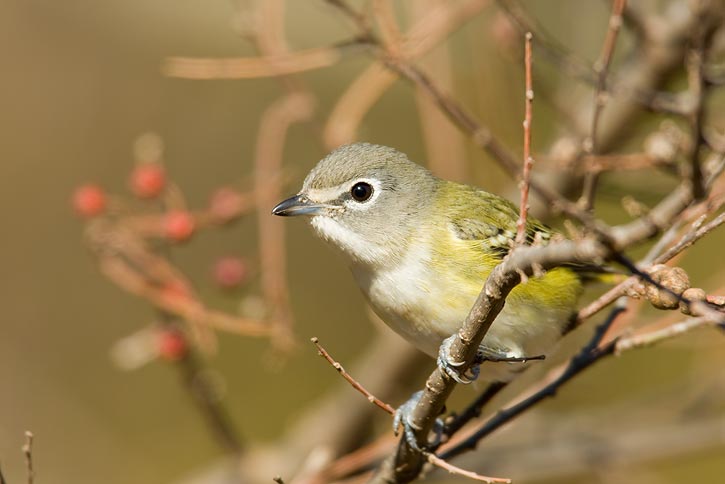
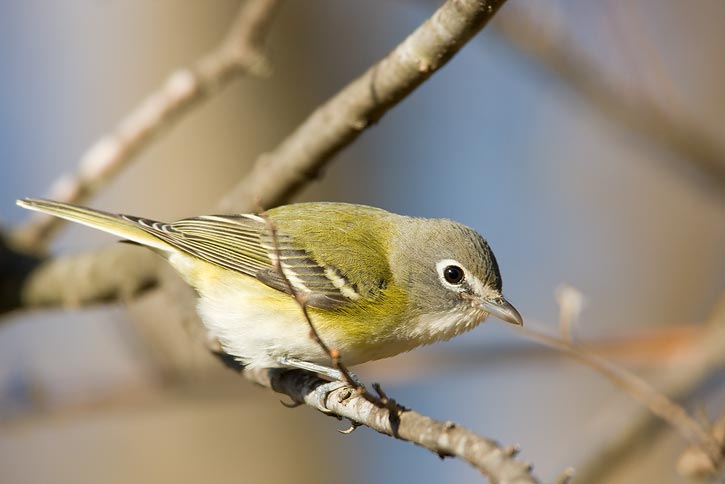







 Chimney and Vaux's Swift Identification
Chimney and Vaux's Swift Identification Woodhouse's and California Scrub-Jay Identification
Woodhouse's and California Scrub-Jay Identification Sagebrush and Bell's Sparrow ID
Sagebrush and Bell's Sparrow ID North American Peep ID
North American Peep ID The Rarity Finders; Ross's Gull, Red-flanked Bluetail and Common Pochard
The Rarity Finders; Ross's Gull, Red-flanked Bluetail and Common Pochard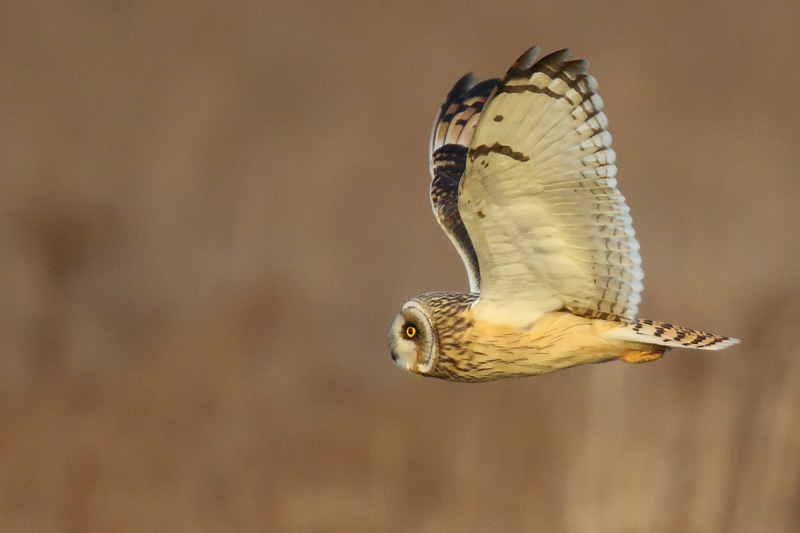 2017 Birding Software Review
2017 Birding Software Review Places to Go Birding in 2017
Places to Go Birding in 2017 Four Birds You Will Never See and Four Your Great Grandkids Won't Either
Four Birds You Will Never See and Four Your Great Grandkids Won't Either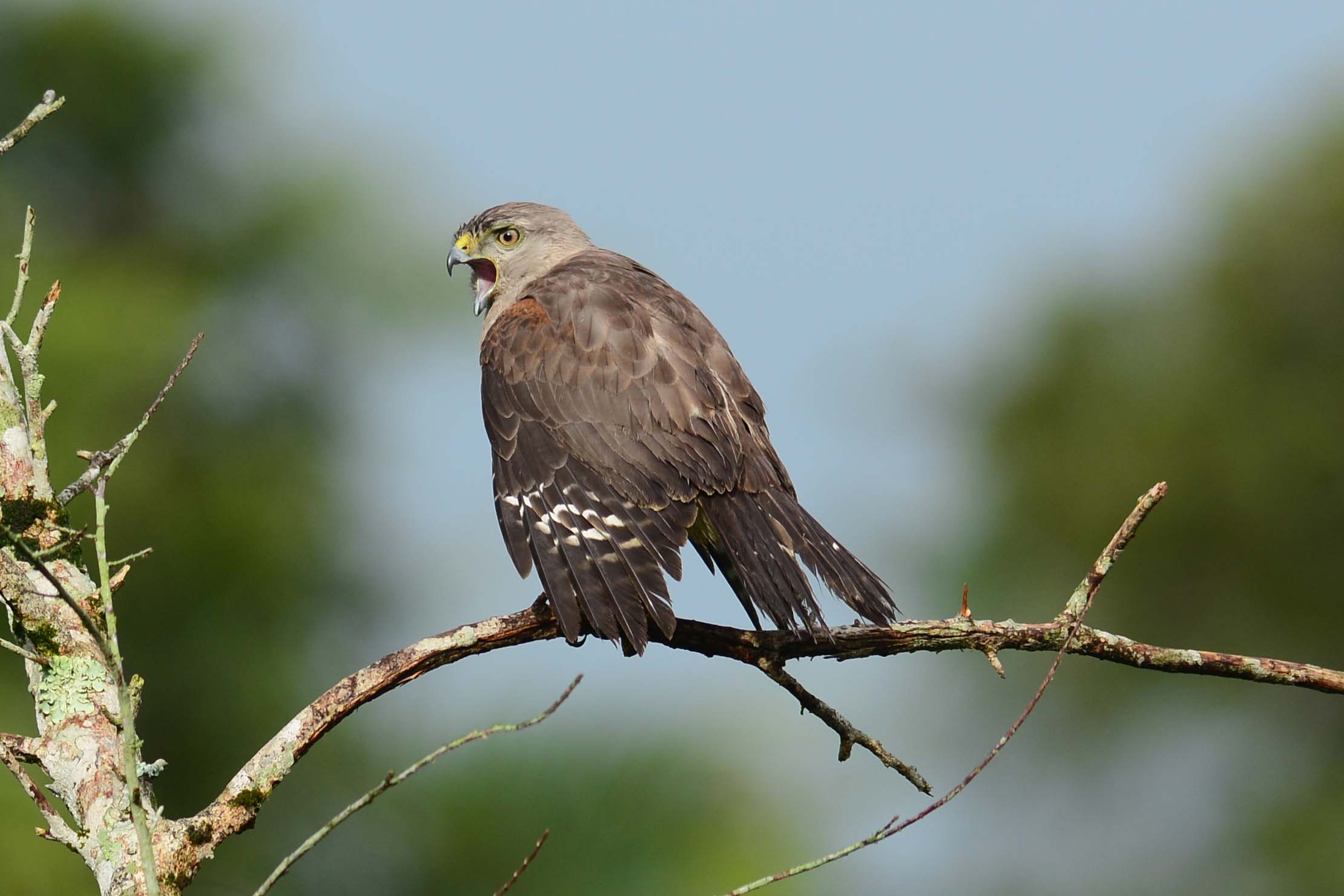 25 of the Rarest Birds in the World
25 of the Rarest Birds in the World 2016 Year Listers
2016 Year Listers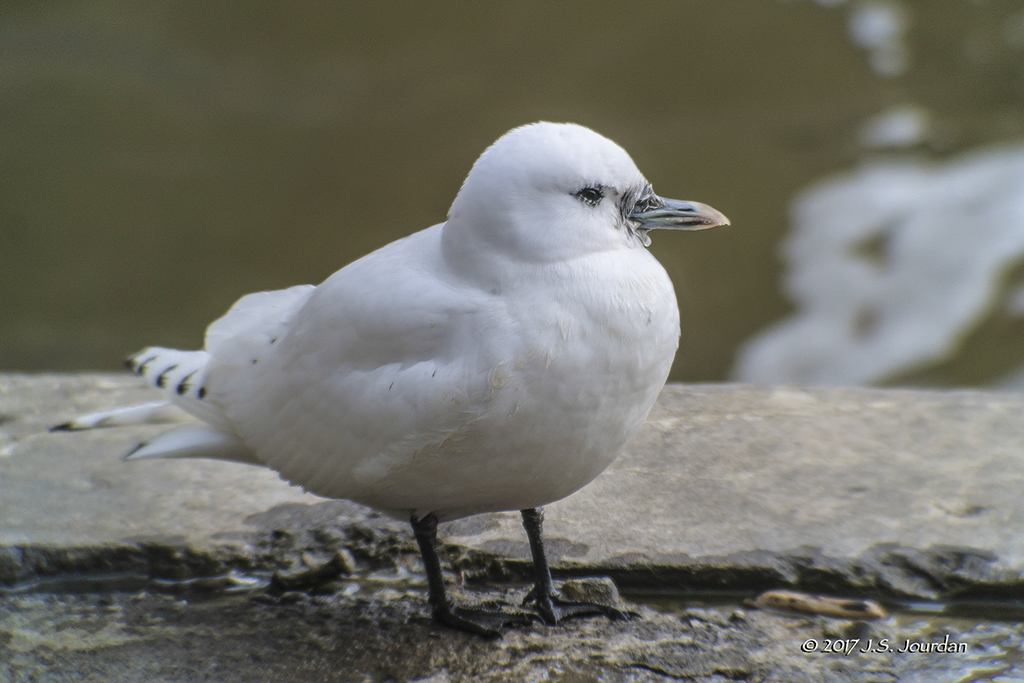 The Rarity Finders; Ivory Gull, Redwing and Slaty-backed Gull
The Rarity Finders; Ivory Gull, Redwing and Slaty-backed Gull